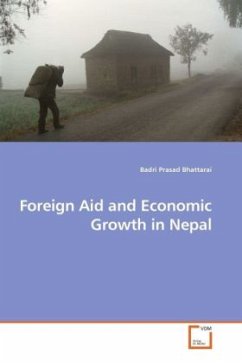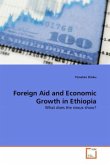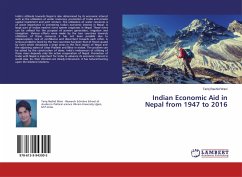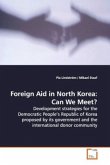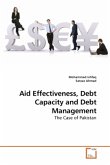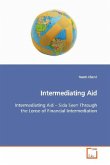Despite the constant flow of foreign aid, and decades of aid-financed development efforts, Nepal remains one of the poorest countries in the world and the poorest in the South Asia. Until the mid 1960s, almost all development projects in Nepal were financed by foreign aid. Aid as a percentage of GDP is still over 6 per cent, and aid still finances over 50 per cent of Nepal s development expenditure. Yet slow economic growth persists and almost 40 per cent of the population lives in absolute poverty. Serious doubts about the effectiveness of aid in Nepal have therefore arisen. A casual observer of these facts could easily draw the conclusion that aid to Nepal has not been effective; however, they would not be able to say what would have happened in the absence of aid. Furthermore, aid is only one factor; there are many other factors that contribute to economic growth .

